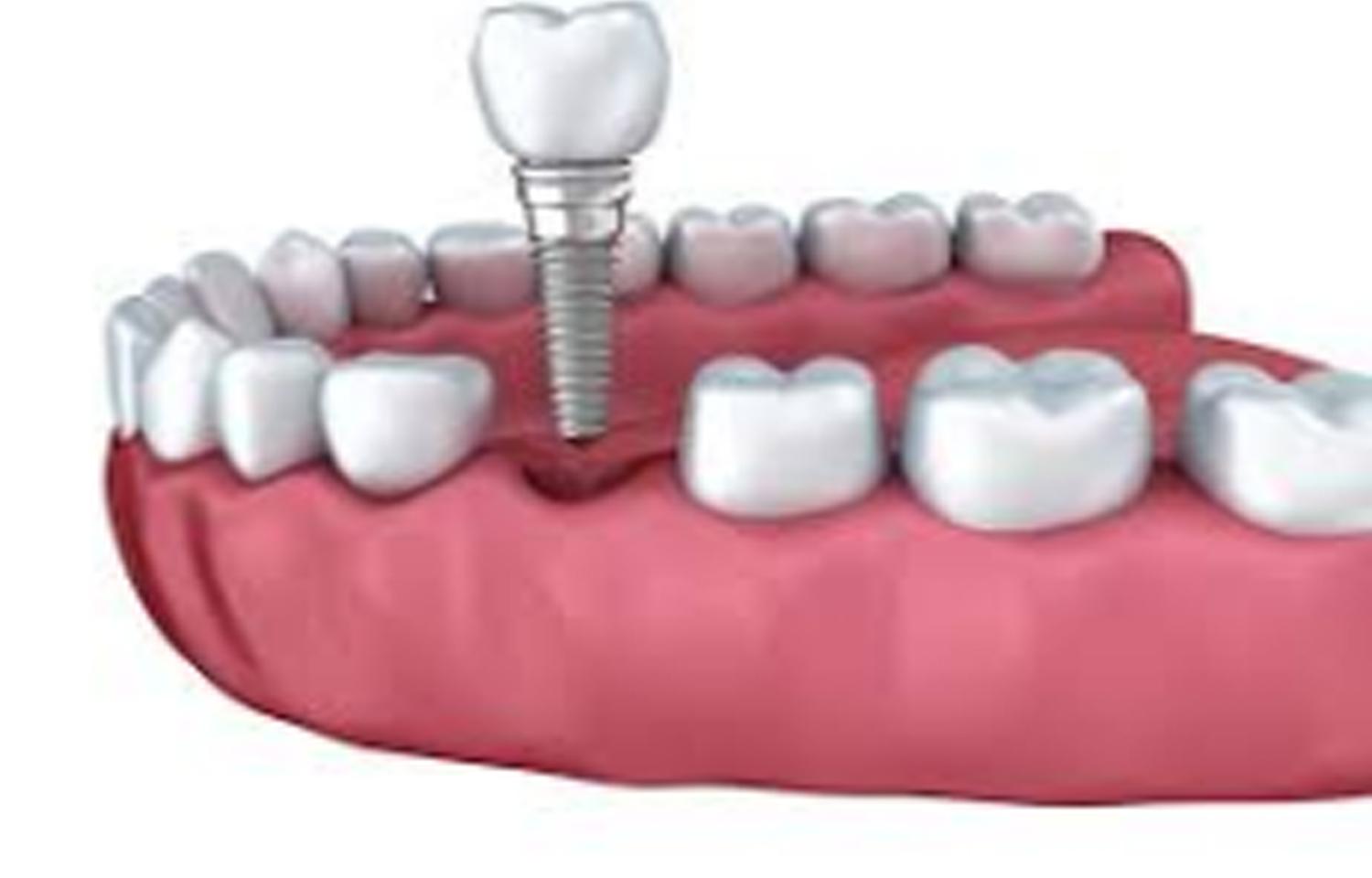Plaque Removal And Local Use Of Chlorhexidine Chips Improves Peri-Implantitis: Study
- byDoctor News Daily Team
- 12 July, 2025
- 0 Comments
- 0 Mins

Researchers have found in a new study that patients with peri-implantitis that were treated with an intensive treatment protocol of bi-weekly supragingival plaque removal and local application of chlorhexidine chips had greater mean implant pocket depths (IPD) reduction.
The study is published in the Journal of Periodontology.
Peri-implantitis is a challenging condition to manage and is frequently treated using non-surgical debridement. The local delivery of antimicrobial agents has demonstrated benefit in mild to moderate cases of peri-implantitis.
Therefore, Eli E Machtei and colleagues from the Department of Periodontology, School of Graduate Dentistry, Faculty of Medicine, Technion (I.I.T.), Rambam health care campus, Haifa, Israel conducted the study to compare the safety and efficacy of chlorhexidine gluconate 2.5 mg chip (CHX chips) as an adjunctive treatment to subgingival debridement in patients afflicted with peri-implantitis.
The authors conducted a multicenter, randomized, single-blind, two-arm, parallel Phase-3 study. Peri-implantitis patients with implant pocket depths (IPD) of 5-8 mm underwent subgingival implant surface debridement followed by repeated bi-weekly supragingival plaque removal and chlorhexidine chips application (ChxC group) for 12 weeks, or similar therapy but without application of ChxC (control group).
All patients were followed for 24 weeks. Plaque and gingival indices were measured at every visit whereas IPD, recession, and bleeding on probing were assessed at 8, 12, 16, 24 week. A total of 290 patients were included: 146 in the ChxC group and 144 in the control.
The following findings were observed-
a. At 24 weeks, a significant reduction in IPD (P = 0.01) was measured in the ChxC group (1.76 ± 1.13 mm) compared with the control group (1.54 ± 1.13 mm).
b. IPD reduction of ≥2 mm was found in 59% and 47.2% of the implants in the ChxC and control groups, respectively (P = 0.03).
c. Changes in gingival recession (0.29 ± 0.68 mm versus 0.15 ± 0.55 mm, P = 0.015) and relative attachment gain (1.47 ± 1.32 mm and 1.39 ± 1.27 mm, P = 0.0017) were significantly larger in the ChxC group.
d. Patients in the ChxC group that were < 65 years exhibited significantly better responses (P < 0.02); likewise, non-smokers had similarly better response (P < 0.02).
e. Both protocols were well tolerated, and no severe treatment-related adverse events were recorded throughout the study.
Hence, it was concluded that "patients with peri-implantitis that were treated with an intensive treatment protocol of bi-weekly supragingival plaque removal and local application of chlorhexidine chips had greater mean IPD reduction and greater percentile of sites with IPD reduction of ≥2 mm as compared with bi-weekly supra-gingival plaque removal."
Disclaimer: This website is designed for healthcare professionals and serves solely for informational purposes.
The content provided should not be interpreted as medical advice, diagnosis, treatment recommendations, prescriptions, or endorsements of specific medical practices. It is not a replacement for professional medical consultation or the expertise of a licensed healthcare provider.
Given the ever-evolving nature of medical science, we strive to keep our information accurate and up to date. However, we do not guarantee the completeness or accuracy of the content.
If you come across any inconsistencies, please reach out to us at
admin@doctornewsdaily.com.
We do not support or endorse medical opinions, treatments, or recommendations that contradict the advice of qualified healthcare professionals.
By using this website, you agree to our
Terms of Use,
Privacy Policy, and
Advertisement Policy.
For further details, please review our
Full Disclaimer.
Tags:
Recent News
What Your Neck Size Says About Your Heart Health?...
- 04 November, 2025
EVOQUE TTVR Delivers Promising Real-World Results:...
- 04 November, 2025
Influenza Vaccination Reduces Mortality and Readmi...
- 04 November, 2025
Can Technology Make Kids Healthier? New Research S...
- 04 November, 2025
Daily Newsletter
Get all the top stories from Blogs to keep track.


0 Comments
Post a comment
No comments yet. Be the first to comment!